West London's spent the last two decades as the laughing stock of the style set — here's how it got its groove back
The style set is returning to the very West London neighbourhoods it once made a habit of spurning, finds Will Hosie.

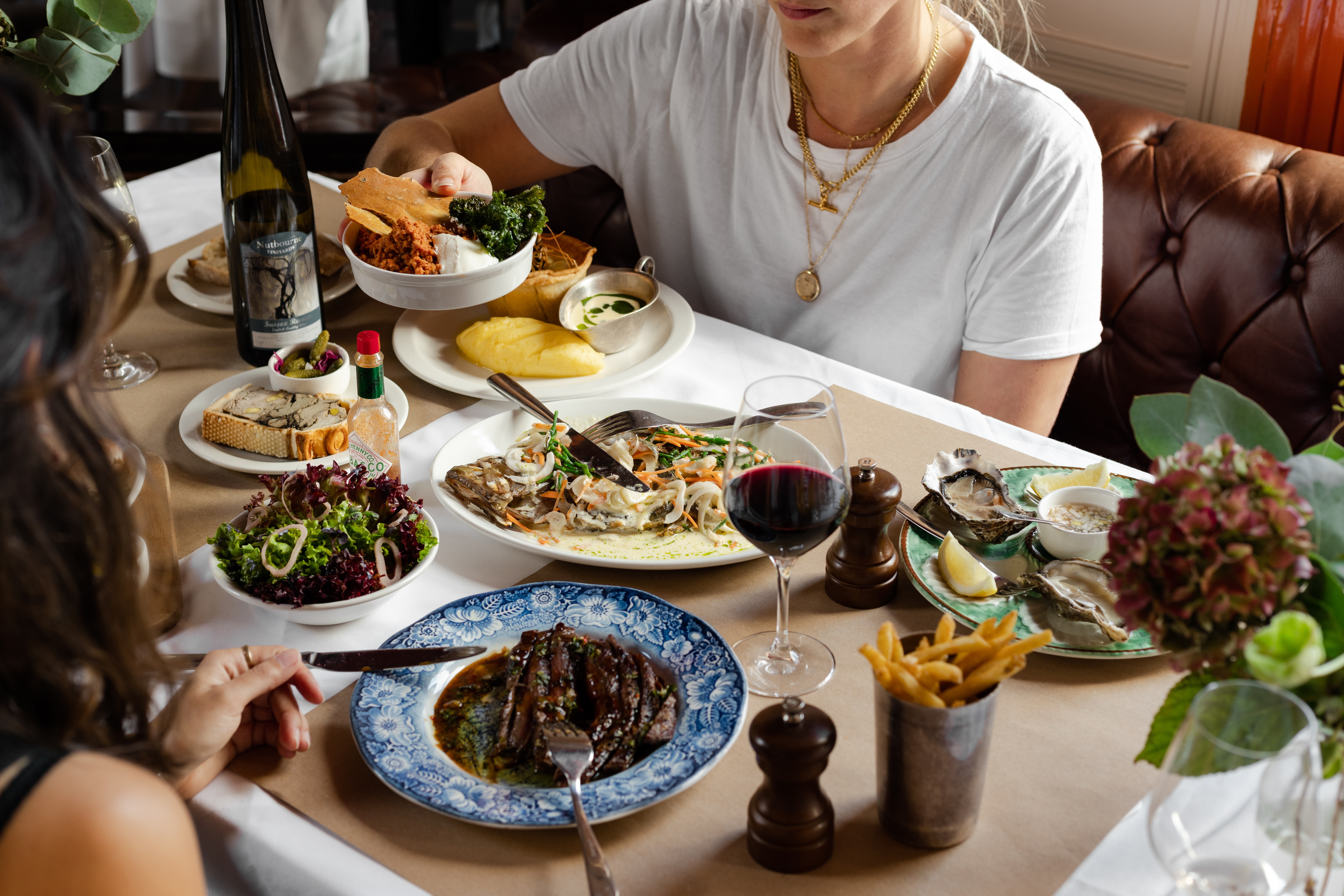
Last month saw Yinka Ilori unveil his latest public artwork: a collection of discarded relics excavated from the banks of the Thames. You won’t find 100 Found Objects in London’s Soho or St James’s, the W1 neighbourhoods that have long had a chokehold on contemporary art, nor in one of the sleek, cutting-edge galleries near Old Street, EC2. No: Ilori’s work is at the heart of a new riverside development in a London postcode that’s long been synonymous with the red-trouser brigade. It is in Fulham that the man behind the Colour Palace at Dulwich Picture Gallery — who’s staged installations at Piccadilly Circus, designed bespoke exteriors for McLaren supercars and whose work has been exhibited at the Guggenheim in Bilbao, Spain — is beginning his next chapter.
The site of 100 Found Objects is Fulham Pier, a commercial development adjoining Fulham Football Club and a stone’s throw from The River Café, for a long time the only restaurant in the area deemed smart enough to warrant a visit by the style set. The next-door launch last June of its younger sister, The River Cafe Café, was a harbinger of things to come. A year on, fancy street vendors are down the road selling pizza and tacos, as restaurateur Adam Byatt, the man behind Clapham’s only Michelin-starred establishment (Upstairs at Trinity), opens a riverside restaurant to rival Ruthie Rogers’s institution.
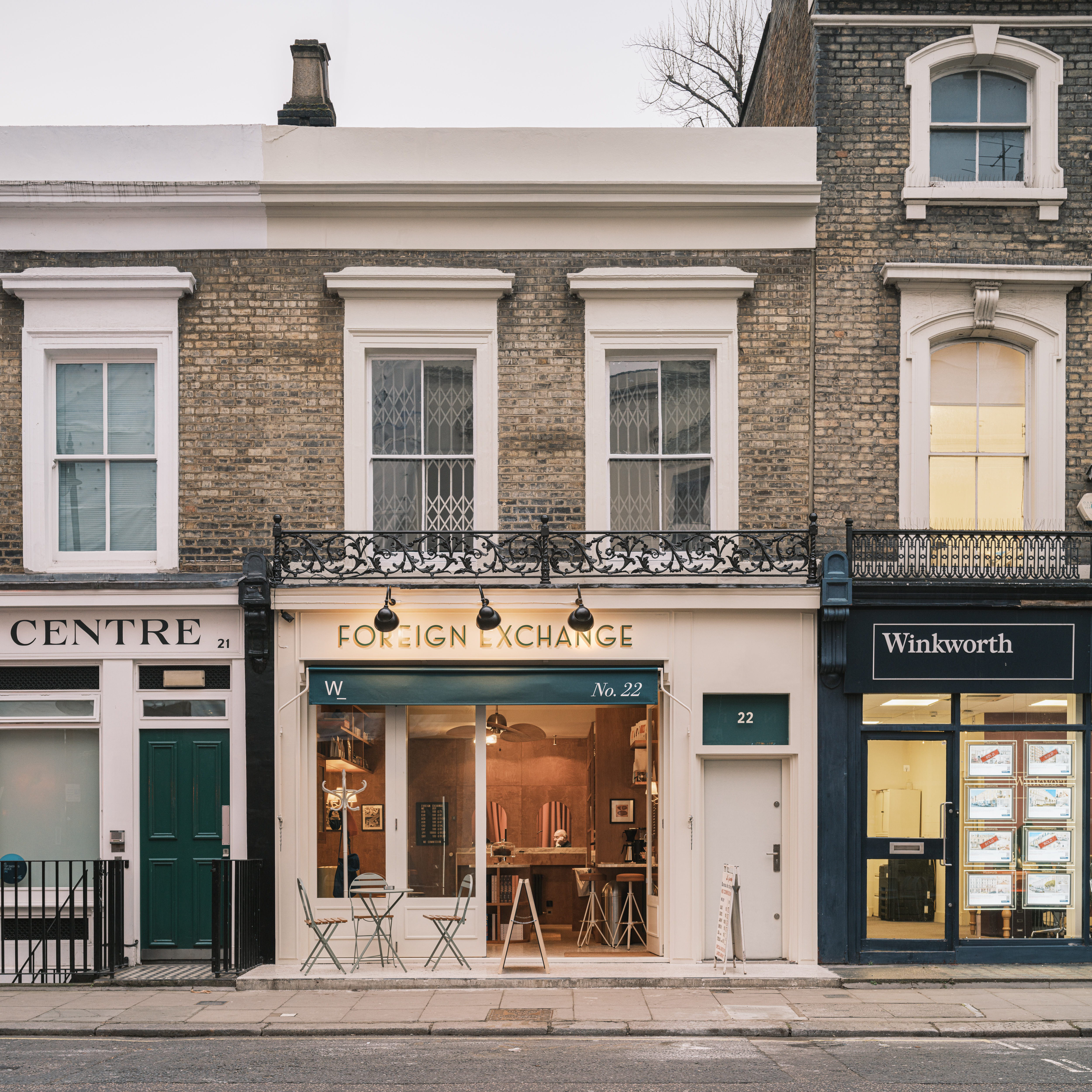
Foreign Exchange News on Leinster Terrace (above and below) is the most stylish stop for coffee and a magazine.
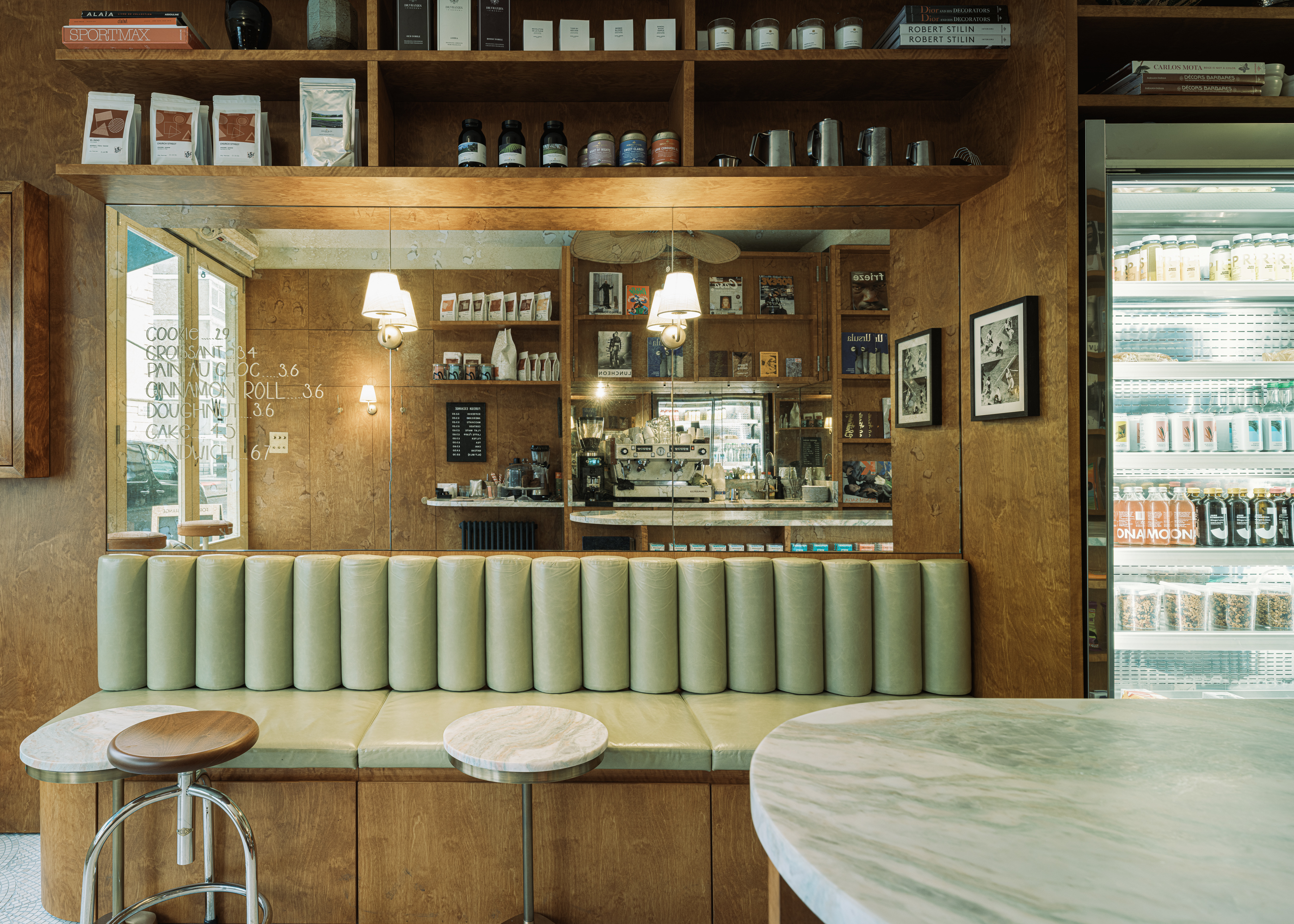
Its name, Brasserie Constance, takes after Constance Spry, one of the inventors of coronation chicken and a florist who designed her own vases: a gesture to Fulham’s heritage as the one-time heart of London’s pottery trade. With Ilori’s newest installation standing proudly within the same complex, the area is beginning to rekindle its artistic flame. Lighthouse Social, a private members’ club, sits atop Fulham Pier with a private roof terrace and a five-minute walk away is The Chancellors, a pub best known as the site of Crisp Pizza, which many deem London’s best. It was once the sort of place that west Londoners kept under wraps: a word-of-mouth recommendation that rarely registered east of Mayfair. Perhaps thanks to TopJaw — a foodie duo that has racked up 814,000 Instagram followers for interviews with London chefs, who recommend their favourite spots in the capital — The Chancellors is now so overrun you have to pre-order your pizza dough.
Fulham feels increasingly like Islington did a decade ago. Residents look trendier than they once did. Men wear sport shorts instead of chinos and flaunt tasteful little tattoos. The Melbourne accent is pervasive.
Yet, unlike Islington, Fulham is sliding down the gentrification scale rather than climbing up it. This is also true of neighbouring districts such as Kensington and Chelsea, which are dialling down the glamour as they cater towards a clientele that increasingly prefers neighbourhood restaurants to five-star hotels.
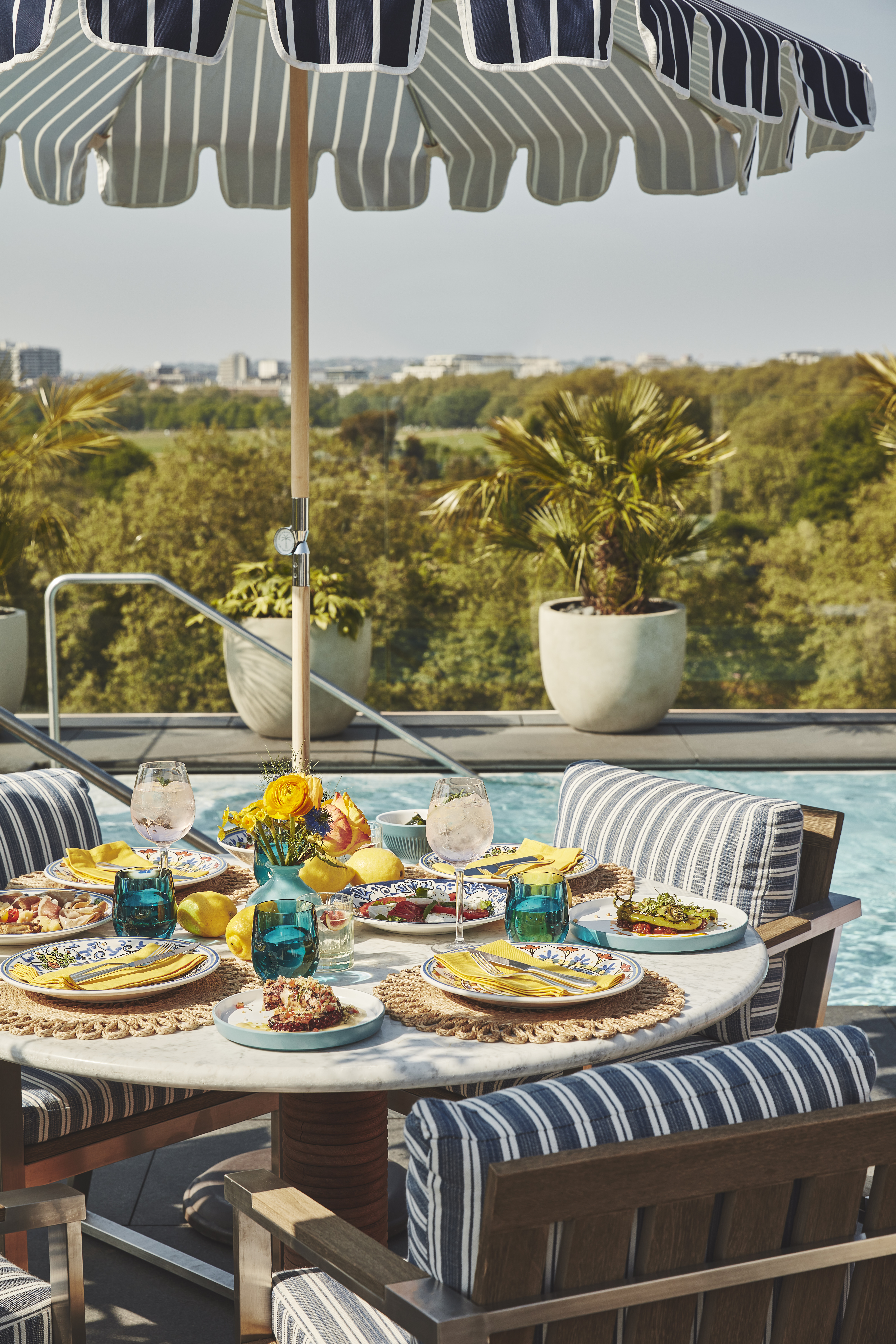
Slim Aarons would have felt at home photographing the rooftop pool at The Berkeley, designed to evoke Italy's Amalfi Coast.
In May, data revealed that property prices in the Royal Borough had slumped to 2013 levels. Whereas homes in East London are increasingly covetable, those in the west have fallen out of favour. This market downturn (‘plateau’ might be more accurate) has its perks: property in Kensington and Chelsea is now relatively affordable. Apartments at the western end of the King’s Road are going for the same price as those in London Fields.
‘There was a real eastward trend 20 years ago when people who wanted something edgier moved to Mile End,’ explains Arthur Lintell, a partner at Knight Frank. ‘Those areas have become victims of their own success.’ It’s now cliché for young creatives to live there; yet the reverse logic — that moving back to west London makes you an original — has taken a while to take off. The tide, however, now seems to be turning. Queen’s Park and North Kensington are proving popular with the new intelligentsia. The former is home to Zadie Smith, Daniel Craig and a flurry of media pundits; the latter is the site of myriad design shops along the achingly hip Golborne Road — where you’ll also find two of London’s buzziest restaurants, Straker’s and The Fat Badger. ‘Smart money buys at times like this,’ Lintell adds.
Exquisite houses, the beauty of Nature, and how to get the most from your life, straight to your inbox.
West London’s art galleries, once only familiar to those in the area, are also wooing new crowds. King’s Court Galleries (949–953, Fulham Road), better known for flogging vintage maps and botanical prints, is now selling works by James Mylne, a British contemporary artist who draws portraits of the late Queen and Boris Johnson in ballpoint pen. (The latter is depicted as a clown.)
Byatt believes the area is becoming more attractive to young people. ‘SW6 has the highest work-from-home rate of any postcode,’ the chef says, ‘and the highest number of business owners, as well as a large volume of long-term residents and families.’ Much like Hackney 20 years ago, Fulham is now poised to benefit from the injection of younger tastes — and money.
Already, businesses that found success in other parts of town are returning to west London neighbourhoods previously deemed unaffordable. The King’s Road is once again home to independent shops and cafés and has become a gastro hub, with Alley Cats (pizza), Ixchel (Mexican) and Fantômas (modern European) all opening in the past two years. This phenomenon has brought creatives from all over London to the very area they’d made a habit of spurning.
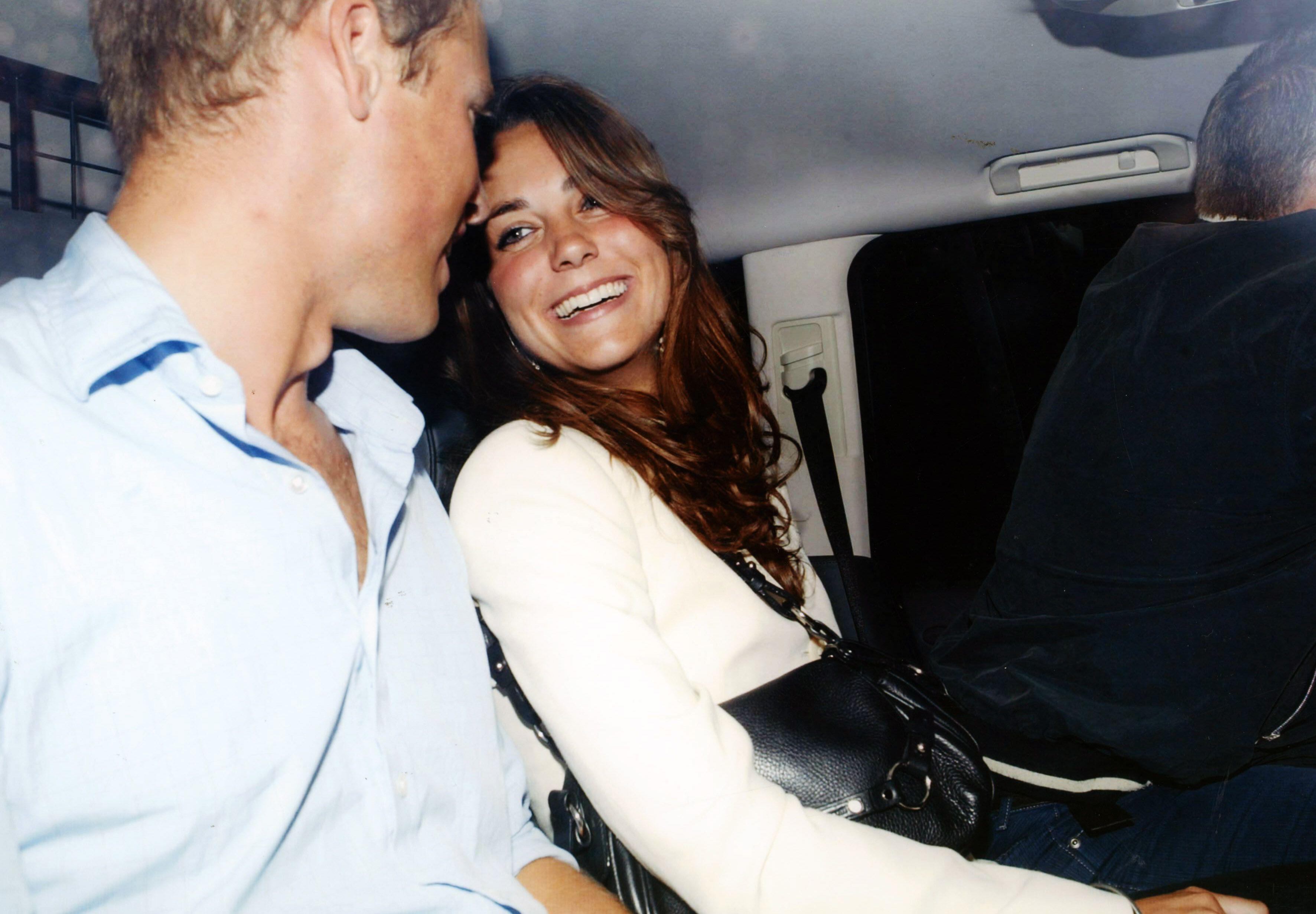
The then Prince William and Catherine Middleton depart Boujis in the back of a Black Cab.
The image of the Sloane Ranger — horsey, well-heeled, uncool — has been used to denigrate purveyors of the Royal Borough since the 1980s. It is precisely this image to which the area’s new occupiers are taking the chainsaw. Last month, a new private members’ club opened in South Kensington and although there used to be quite a few in the area — including the young Prince William and Catherine Middleton’s favourite haunt before they were married, Boujis, which closed down in 2015 after a brawl — The Club at The Other House is different. All the usual accoutrements are there (a state-of-the-art gym, bar and restaurant), but it’s appended to a residential building that banks on the area’s reputation as a fine place to live. The programming toes the line between going out and staying in: tarot readings, back-gammon tournaments, jazz nights and wine tastings provided by Le Cordon Bleu.
‘South Kensington offers the perfect para-dox,’ CEO Naomi Heaton tells me, ‘as an area steeped in culture and history, but ripe for new experiences and reinvention’ — a fact supported by its historic popularity with expatriates. The Club is bringing a new crowd to SW7 — ‘more creatives, design lovers and tech entrepreneurs’ — who are, by and large, younger than the Royal Borough’s habitual residents. A decade after the young and beautiful bid adieu to Boujis, their counterparts are moving back in. If you were still doubtful, Boujis itself reopened in April under the new name B London.
Meanwhile, an area such as Bayswater, once a cultural no man’s land, is now seeing restaurateurs hustle for square footage. Wine bars and independent newsagents are opening on Leinster Terrace, to say nothing of The Park, Jeremy King’s new brasserie just up the road, or the new Whiteley development on Queensway. The former department store, which opened its current premises in 1911 looking to rival Harrods and Selfridges, has been restored to the splendour of its original design and is now a collection of luxury apartments and the site of a Six Senses hotel. Heading west, the famous Kensington Olympia — an exhibition centre that has been in redevelopment since 2021 — is to reopen late this year as a collection of cinemas, restaurants and entertainment venues, including the largest new theatre in London since the National opened in 1976.
Perhaps the most radical transformation, however, is happening south of Hyde Park. Knightsbridge has been at the heart of London’s post-pandemic hospitality boom, with a flurry of new shops and hotels in the area since 2022. Although it’s still Britain’s most expensive neighbourhood, the vibes have shifted considerably. Italian luxury brand Brunello Cucinelli, known for creating timeless pieces in neutral colours, moved into the old Roberto Cavalli premises on Sloane Street earlier this year. Leopard print, it seems, is out in favour of a quieter luxury.
In nearby hotels, too, the vibes are shifting. The Berkeley has opened up its rooftop terrace to the public for the summer: it now offers a more relaxed, convivial sort of exclusivity, much like that at the Pavilion, a private members’ club backing onto Hyde Park, which opened in 2021 and is frequented by young, creative types not normally associated with SW1. The multidisciplinary artist Lily Lewis hosted a poetry reading there last year and Tom Willis, founder of Soho Reading Series, took his literary salon to Ognisko, a Polish restaurant on Exhibition Road, in April.
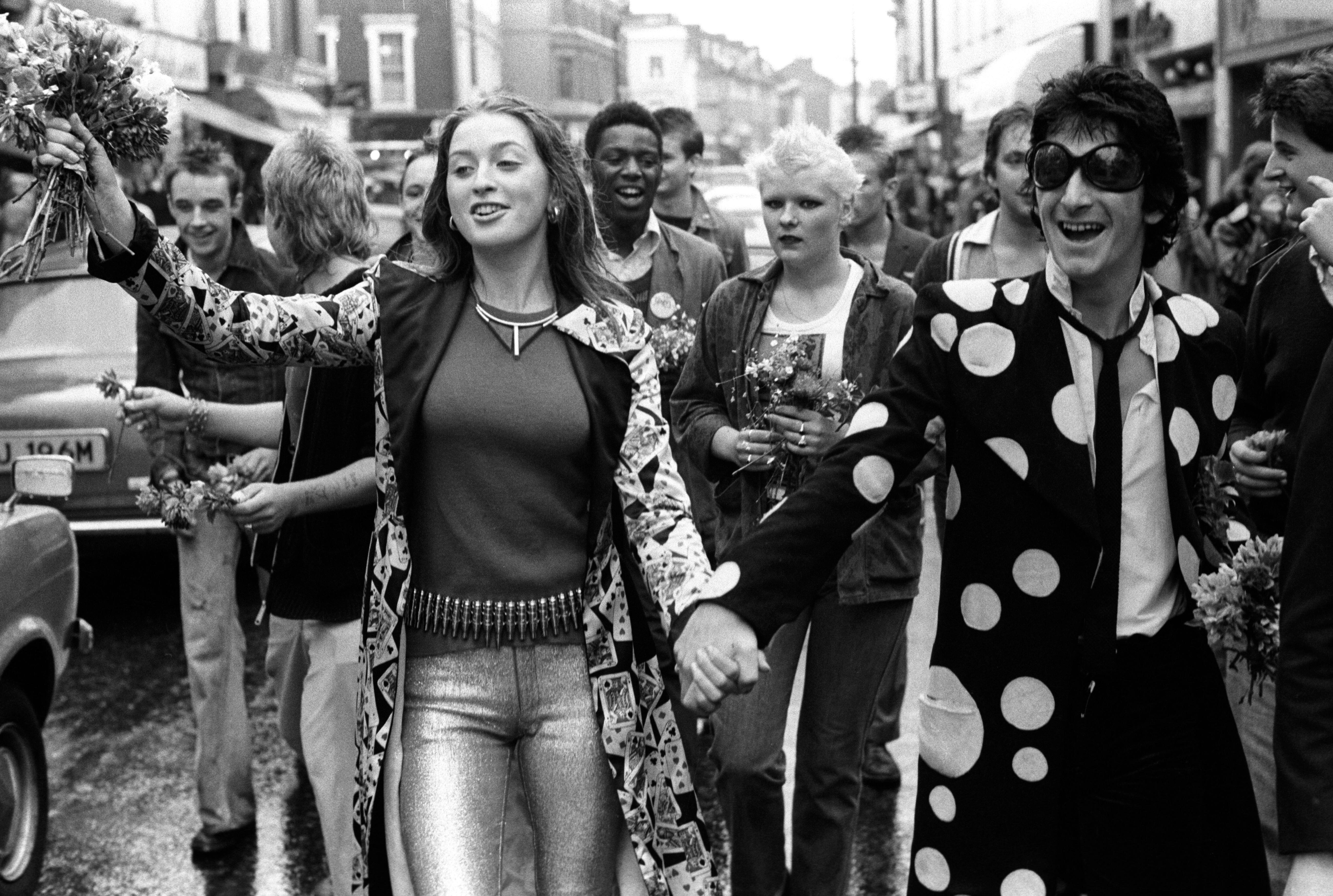
When West London was cool: the days of punk royalty Tracey Boyle and Gary Holton handing out flowers on the 1970s King's Road are returning — at least in part.
There’s still fuel in the flash tank, however: Jaguar is to open a showroom on Sloane Street, covering no fewer than six retail locations. Roof gardens are back in style, too: SW1’s Pantechnicon — a former Arts-and-Crafts warehouse now home to both a Japanese and a Provençal restaurant — is welcoming increasingly fashionable crowds to its panoramic rooftop terrace. Over on Kensington High Street, the once-legendary roof gardens at No 99 have been reborn under new ownership, with pop star Kylie Minogue recently celebrating the anniversary of her own-label rosé there. Further down the street, the unthinkable has happened: a nightclub has opened.
Clever investors will have already capitalised on this easterly wind, blowing from Dalston and bringing small plates and late-night partying westward. City mice are all too familiar with the saying ‘what goes around, comes around’ and historians, too, will know it was only a matter of time before this sleepy part of town got its clout back. After all, before it went sloaney, the King’s Road was punk.
Will Hosie is Country Life's Lifestyle Editor and a contributor to A Rabbit's Foot and Semaine. He also edits the Substack @gauchemagazine. He not so secretly thinks Stanely Tucci should've won an Oscar for his role in The Devil Wears Prada.
